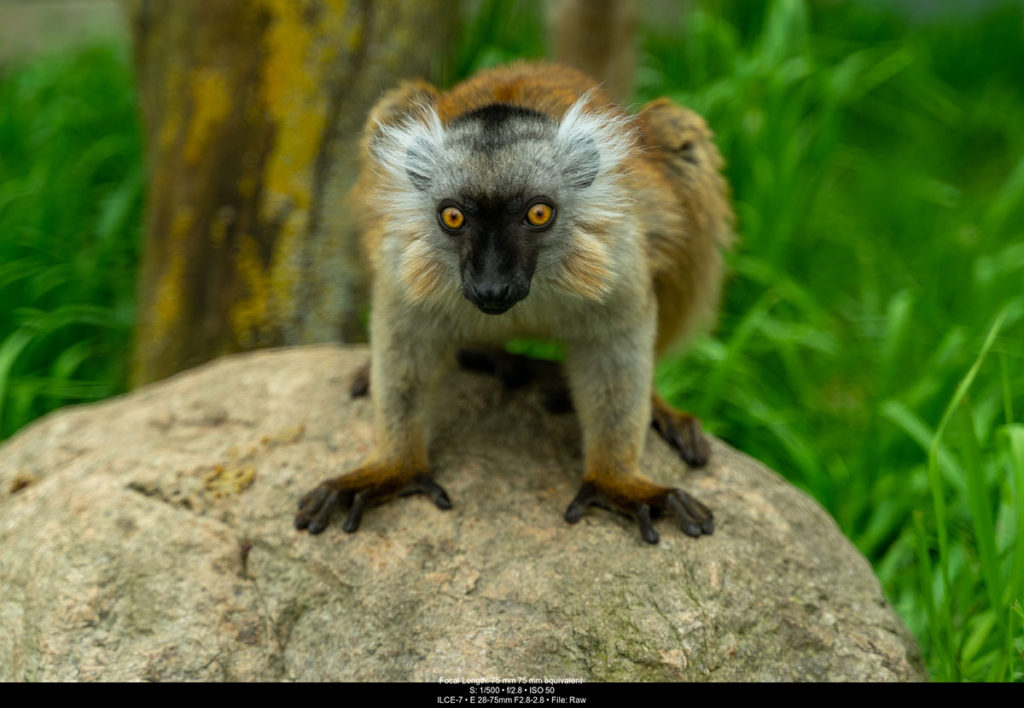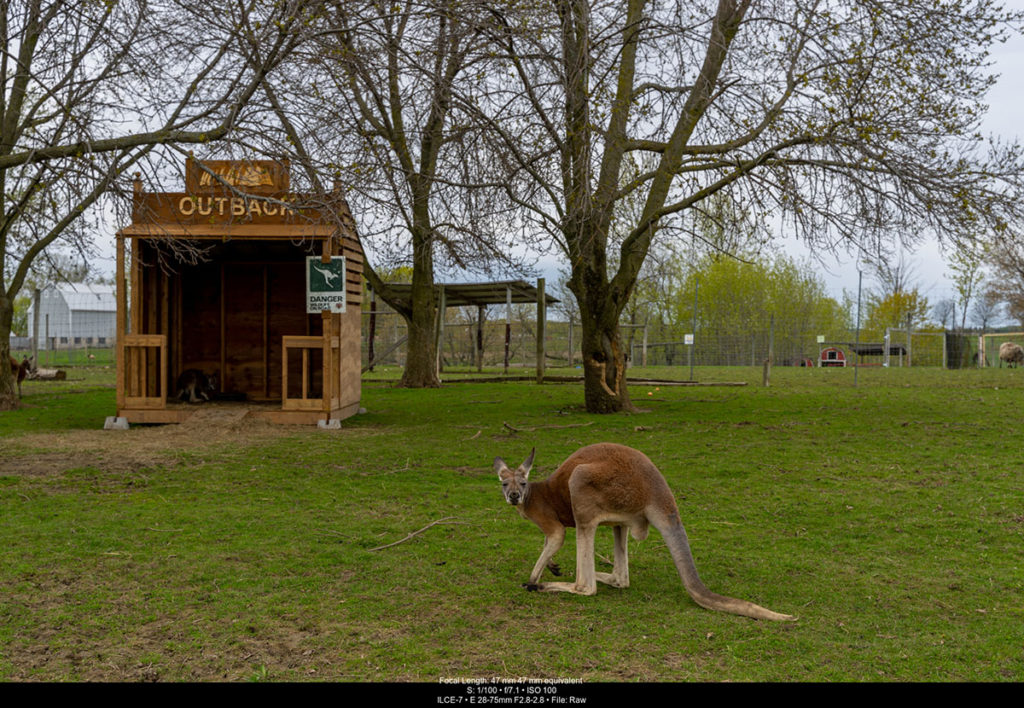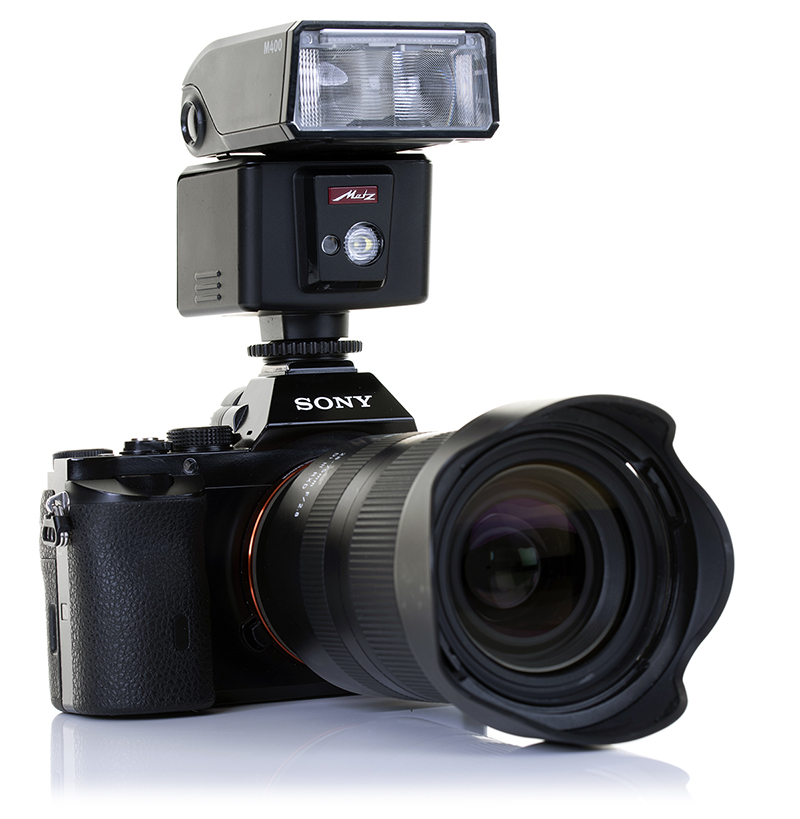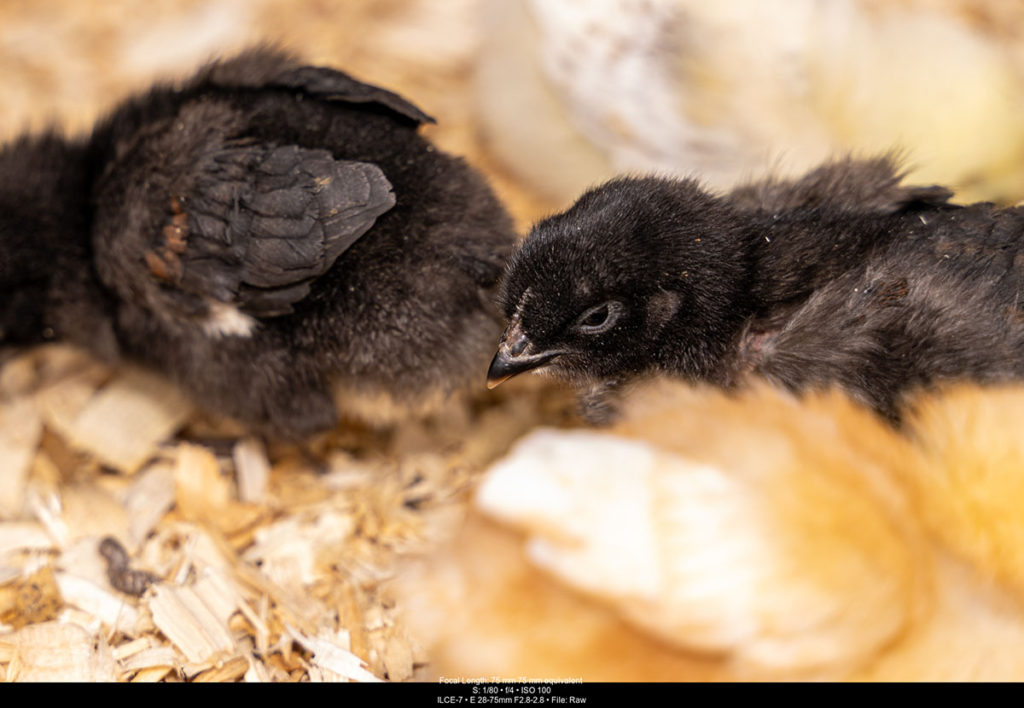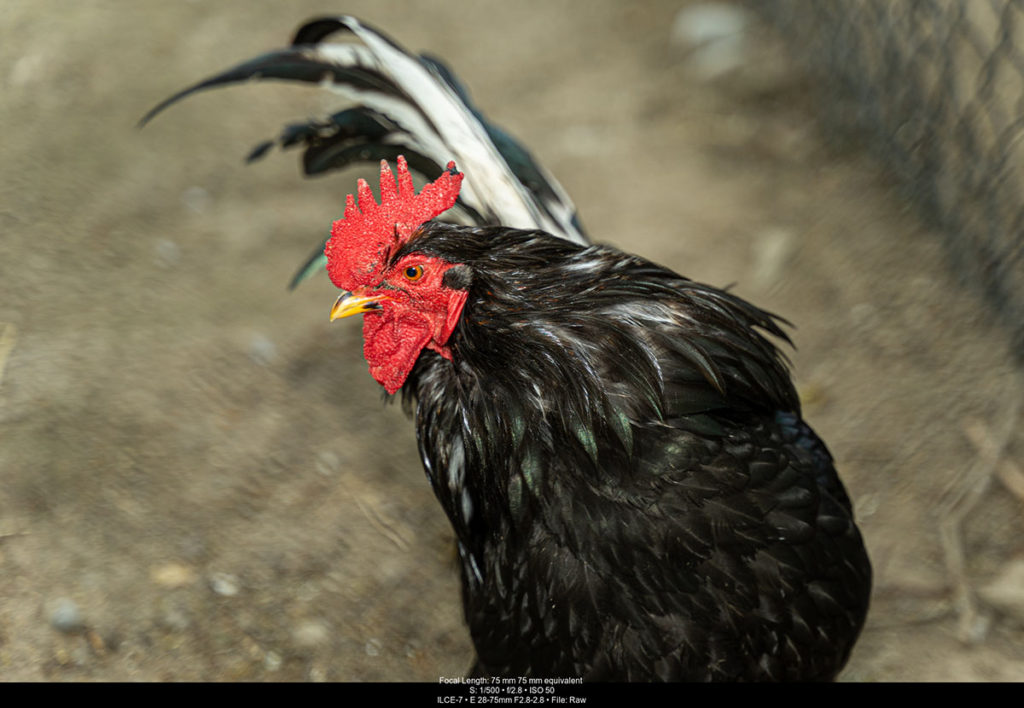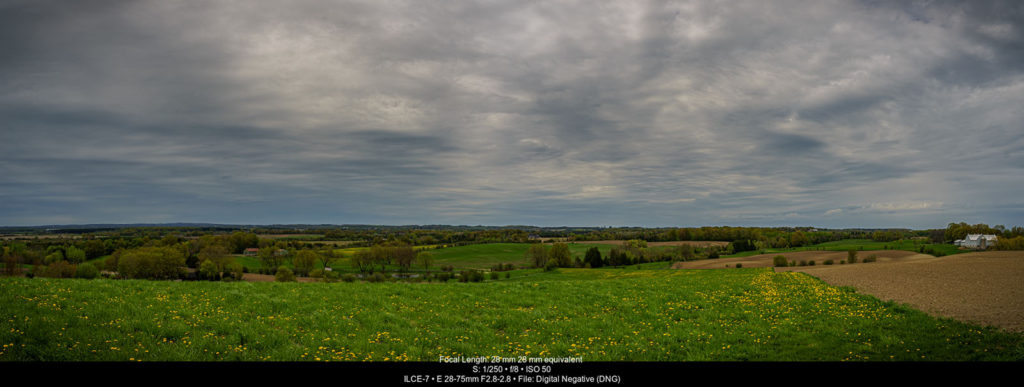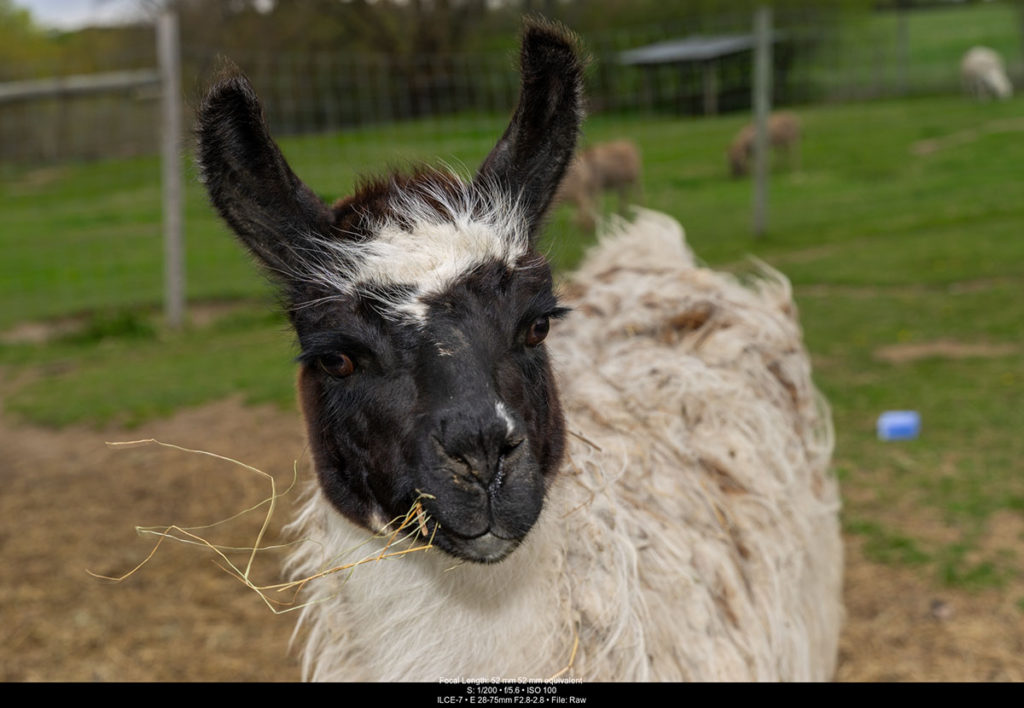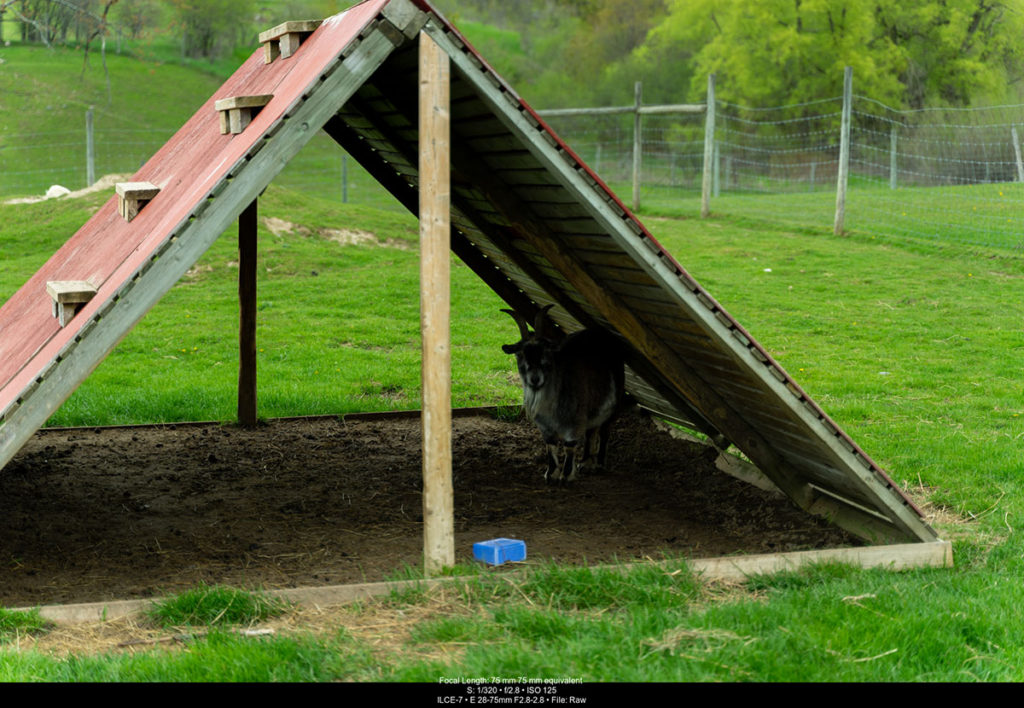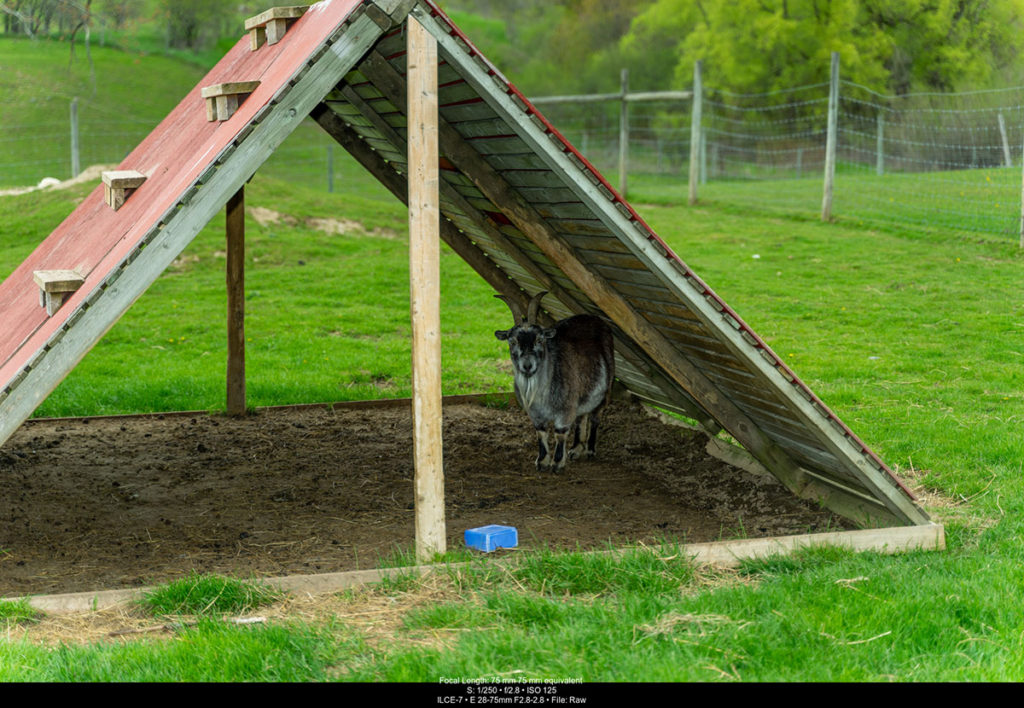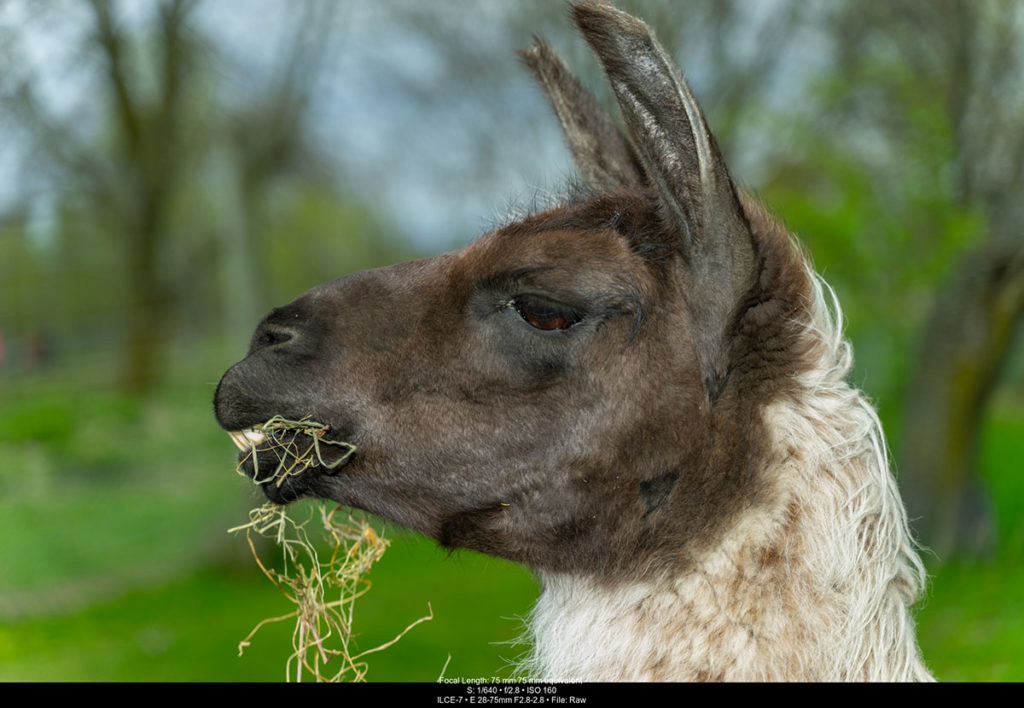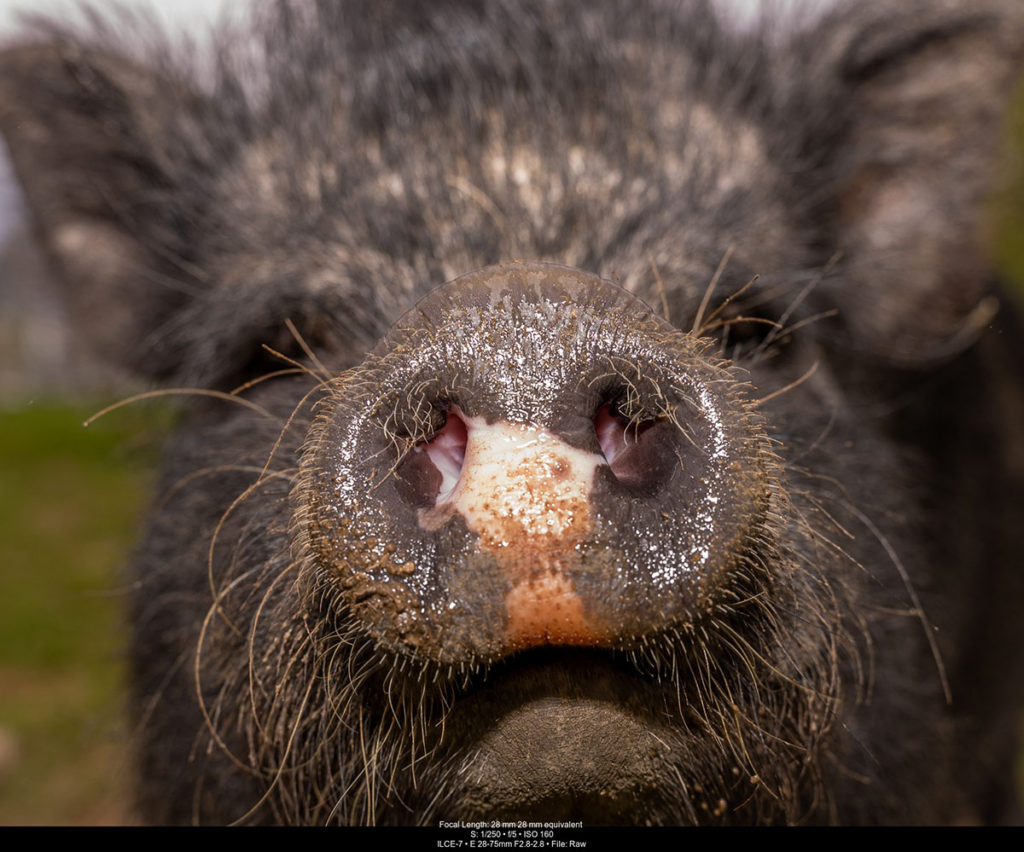Tamron Canada recently sent me the new 28-75mm F/2.8 Di III RXD lens to test out. Also, I had the Metz mecablitz M400 speedlight. Both the lens and speedlight are designed to work with Sony E-mount cameras – full frame and APS-C. This was the perfect excuse to go visit a zoo, as animals are always an interesting subject and challenge. Does anything move as fast or erratic as a monkey?
Oshawa Zoo and Fun Farm features over 40 domestic and exotic animals – many are rescues – in 22 acres. Feeding and petting are encouraged, which makes it a great place for kids to learn. You can get close to all the animals, which makes photographing them that much more enjoyable. Some of the birds have free rein over the entire facility and the pens are quite large – unique image opportunities abound.
About the Gear:
The 28-75mm F/2.8 Di III RXD is Tamron’s first native full frame Sony E-mount lens. It’s a perfect match for mirrorless cameras – small size and light weight combined with excellent optics and a usable zoom range make it a great everyday lens. The fast, constant F/2.8 aperture lets in a lot of light. Tamron’s new RXD (Rapid eXtra-silent stepping Drive) autofocus motor is blazing fast and accurate, even with Eye AF. Coated optics, including a Fluorine coated front element, minimize optical aberrations without sacrificing sharpness. It’s even weather-resistant, featuring multiple seals and gaskets to protect the precise internals.
Metz mecablitz M400 is the most powerful speedlight Metz has designed for mirrorless cameras. Featuring a guide number (GN) of 40 metres, M400 packs a lot of features into a diminutive package. Wireless Master and Slave, Full Manual, Six Level LED for video and intelligent Auto modes combined with a tilt/swivel flash head and integrated bounce card illuminate most situations. The OLED display is easy to read and the 5-button command interface is fast and intuitive. Many controls can be set right from the camera.
Shooting Experience:
The big questions everyone asks about the 28-75mm F/2.8 Di III RXD are:
- How big is it?
- How sharp is it?
- How well does the auto focus work?
When I mounted the 28-75 on my Sony A7, it is a perfect fit, especially compared to a G Master lens. The lens is about the same weight as the camera. It doesn’t feel heavy or throw off the balance of the camera. Extended to 75mm, the Tamron still feels right in your hand. It feels solid and you know it’s there, but you don’t need to work out to use this lens. I walked around the Oshawa Zoo for a few hours, without a strap of any kind, and didn’t feel the need to put the camera down. I can’t say that for my DSLR.
The zoom is nicely damped, as is the manual focus ring. The zoom ring is further from the camera, so I can zoom with one hand and adjust focus with my pinky (Sony AF is good, but not always perfect).
As you can see from the attached photos, the new Tamron is sharp. I focused close at wide and tele ends, shooting details of the animals. I photographed portraits of the animals, such as the baby goat and chickens – the image is nice and sharp, even wide open. The fine details in the chick’s feathers are astonishing.
The quality of the bokeh is impressive – smooth and not distracting at all. Colour rendition is spot on – the red of the rooster’s comb and wattle are brilliant red without being oversaturated.
Tamron claims that all the in-camera features (vignette removal, chromatic aberration and distortion correction, et cetera) are functional. To test this, I photographed a panorama of one of my favourite views and then stitched it in Adobe Lightroom CC. The resulting pano is stitched brilliantly – there are no warps or bubbles from lens distortion and the colours blended seamlessly. I applied a -100 Highlight adjustment and +100 Shadow adjustment, with minor tweaks to the rest of the settings to show you how much you can manipulate the files from the A7 using the Tamron lens. I can’t do that with some other lenses and camera systems – there isn’t enough dynamic range and the noise becomes unbearable.
Autofocus was quick and accurate – the lemurs and pigs presented real challenges for AF tracking. My A7 is too old to have Animal Eye AF, but that’s okay. I prefer single point and AF-C so I can choose the focus point. Sometimes, a big snout in focus is the image I want!
For many of the images, I used the mecablitz M400 to add some light. Just like the Tamron lens, the M400 added minimal weight and didn’t really change the balance of the camera system. I left it mounted on the camera the whole time I was at the zoo – I didn’t notice the weight of it.
I normally use Flash Exposure Compensation (FEC) set at -0.7 to -1.0 stops to create a better-balanced image, such as the Llama chewing hay. Also, I had the mecabounce diffusion dome for many of the images, to soften the illumination.
Many people ask me “Why do you use flash when you have a fast lens?” That’s a fair question. Let’s look at the image of the goat under the shelter. The goat was about 25 feet away and the front of the shelter about 20 feet away.
I set the camera to Aperture Priority and f/2.8, with Auto ISO at 125 and 1/320s shutter speed. Most photographers will open up the lens and hope that will give them the image they want. The goat is very dark and hard to see as he’s in shadow under the shelter.
I turned on the M400, removed the diffusion dome and pointed the flash head at the goat. The difference is very clear – overall exposure hasn’t changed. However, we can see the goat clearly and the inside of the roof. There’s a lot more detail in the image that you just couldn’t see without a flash. No “fixing it in Photoshop” – a clean image straight from the camera just by using a speedlight.
For the headshots of the llama, the camera settings were ISO160, f/2.8, 1/640, 75mm) along with the M400 dialed FEC to -1.7. The speedlight helps illuminate the face, showing off more detail in the snout and brightening the eyes. There’s also a slight darkening of the sky – less highlights are blown out.
The other advantage to shooting with a speedlight – ISO is kept lower which leads to cleaner images with less distracting noise. The other benefit to less noise – less Noise Reduction, which means sharper images. Look at the detail in the Pot-bellied pig’s slimy snout!
If you’re a Sony A7 or A9 user, you’re going to want to add the Tamron 28-75 Di III to your kit. It’s a great everyday lens that delivers in key areas – size, weight, fast AF and sharp. I highly recommend this lens and would choose it over the heavier and more expensive options available. I can’t wait to test out the latest 17-28mm Di III RXD lens – watch for that report next issue.
I always recommend photographers have and use a speedlight. If you have a compact DSLR, advanced point and shoot with a hotshoe or any mirrorless camera, get your hands on the Metz mecablitz M400! Powerful and feature-packed in a compact body, mecablitz M400 is available for all the popular camera brands. If you’re going to buy and use one speedlight, this is the one for you.
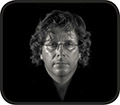
About the Author – Will Prentice (www.capturaphoto.ca) is a professional photographer based out of Whitby, Ontario and Brand Specialist – Lighting for Amplis.



